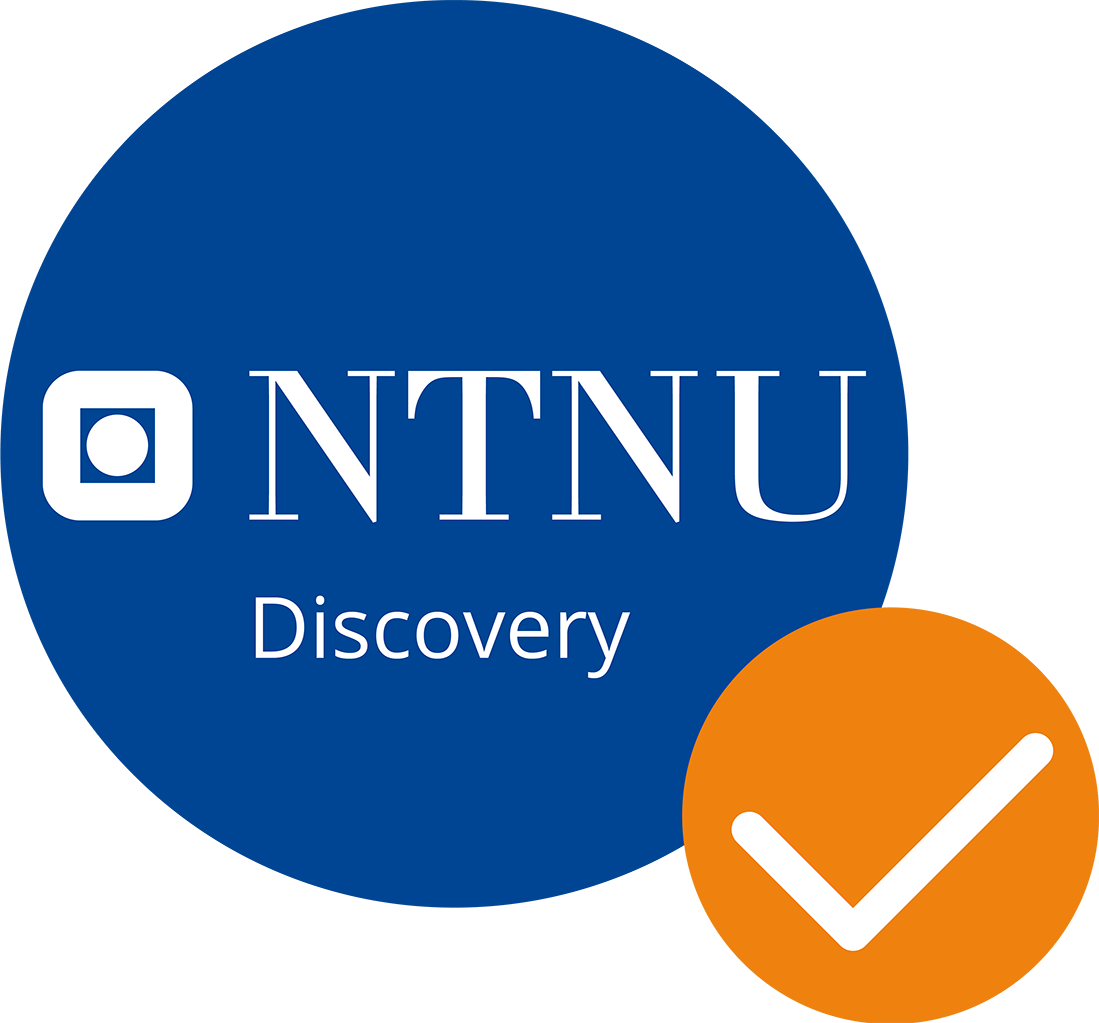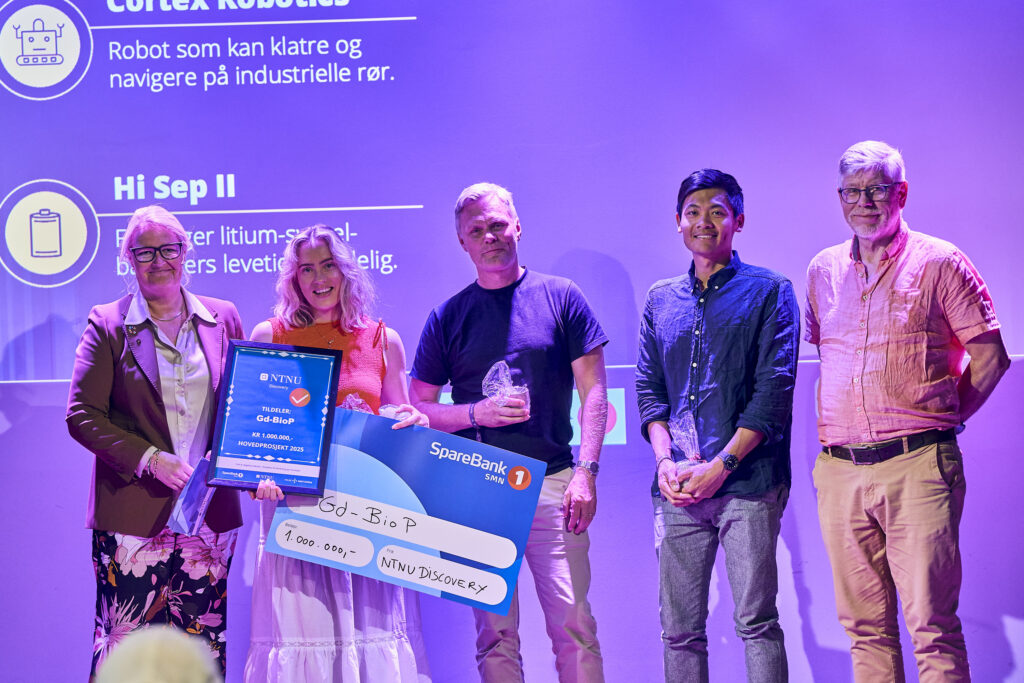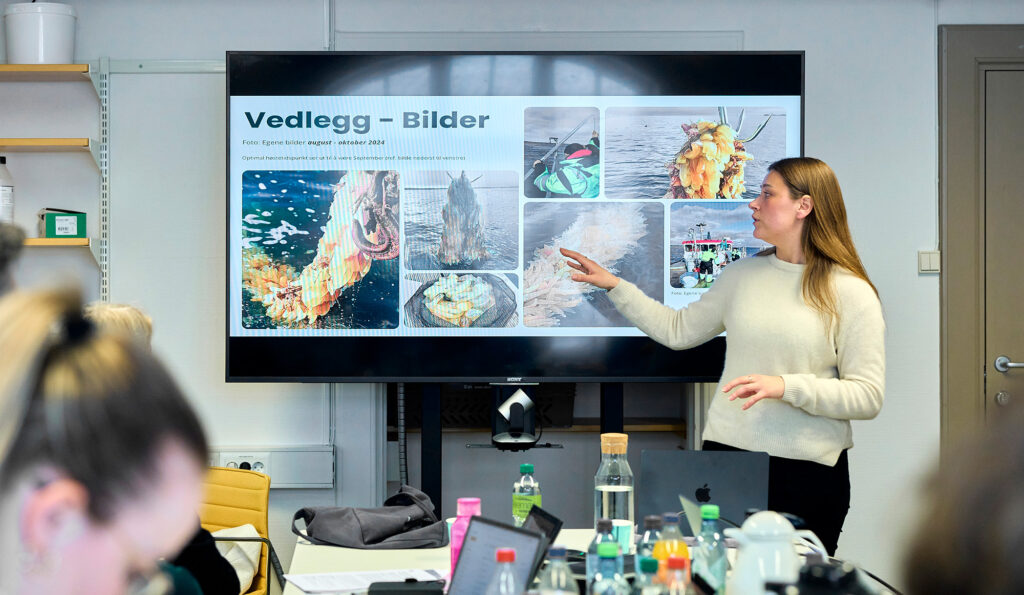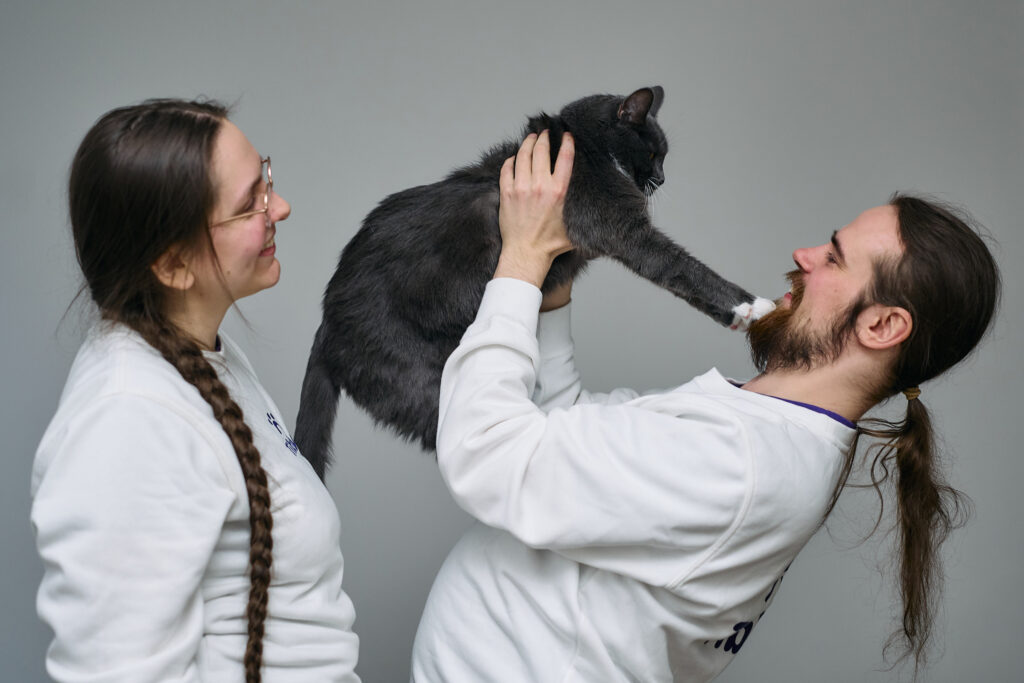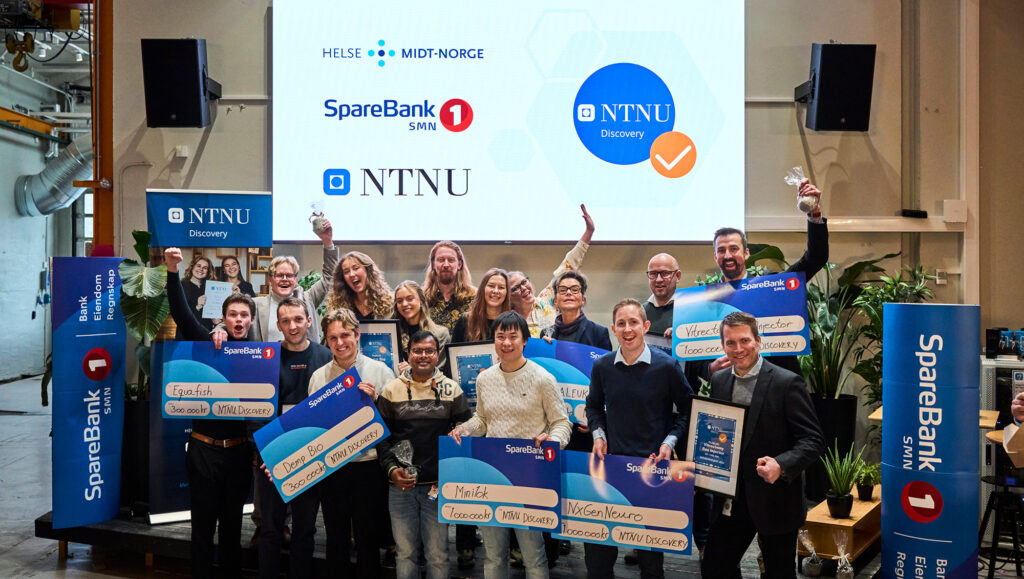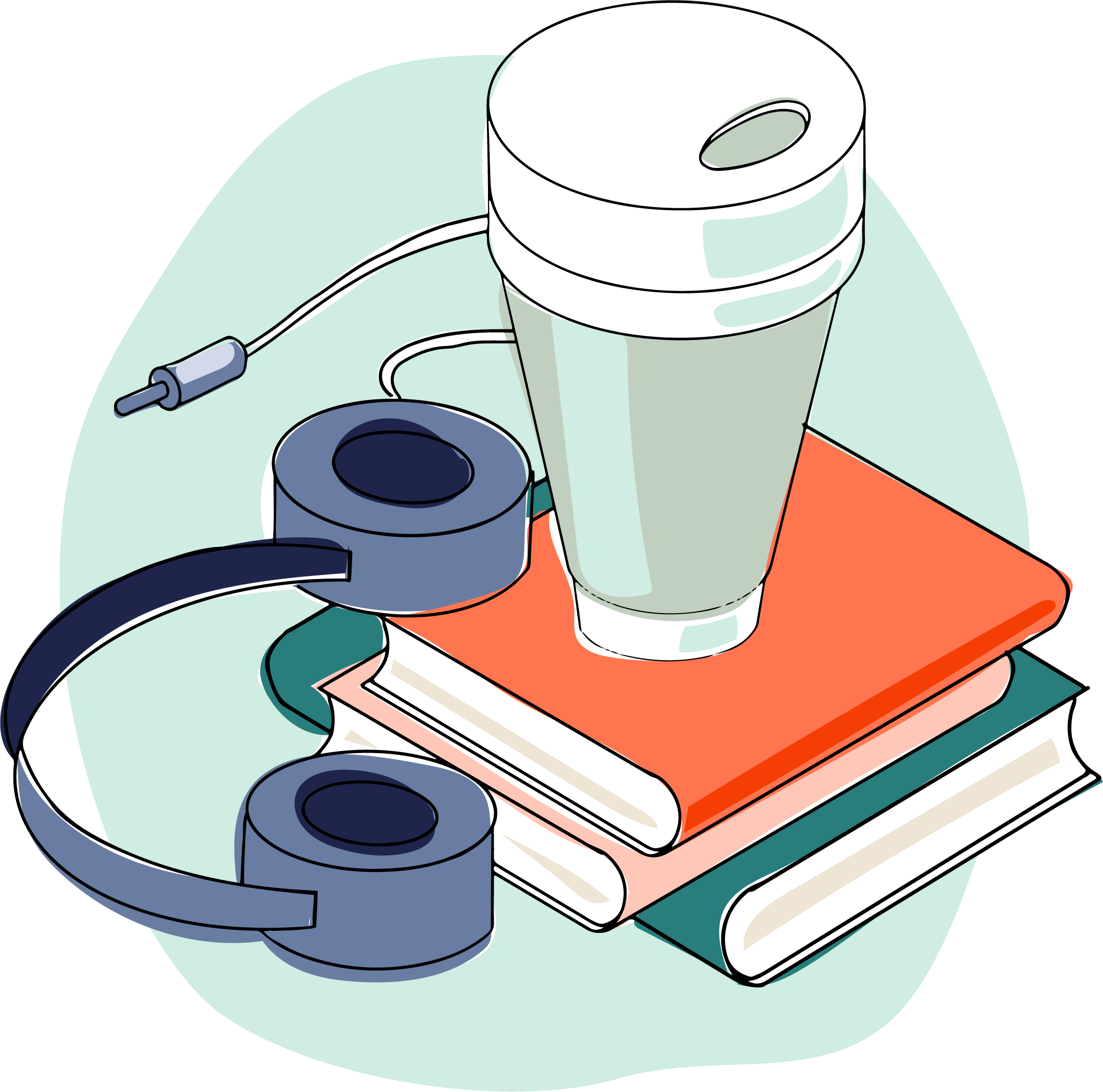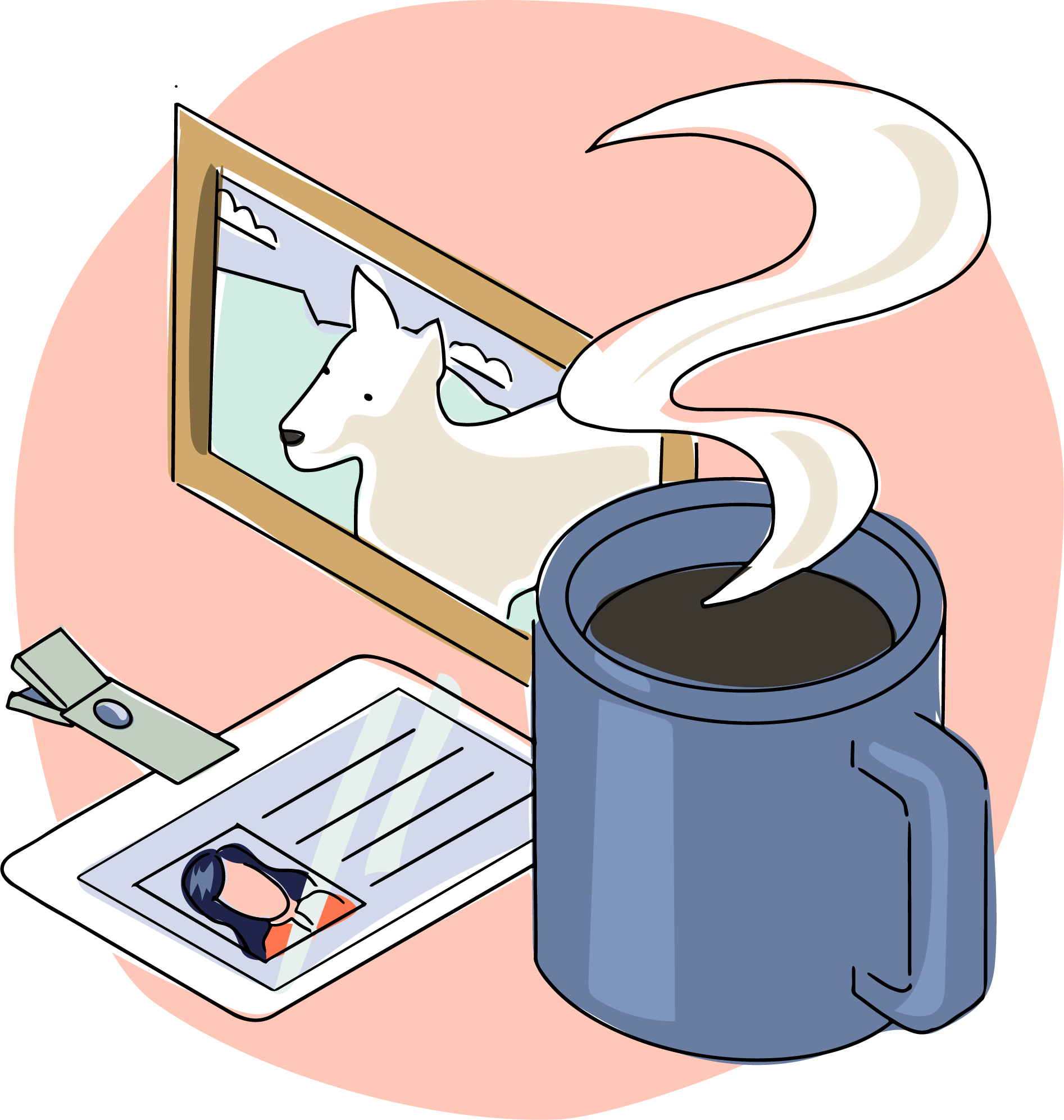Gir ALS-pasienter et hjelpemiddel
Tekst: Anne-Lise Aakervik | Foto: synlig.no
En robotskinne som løfter en lammet arm på kommando kan hjelpe pasienter til et bedre liv.
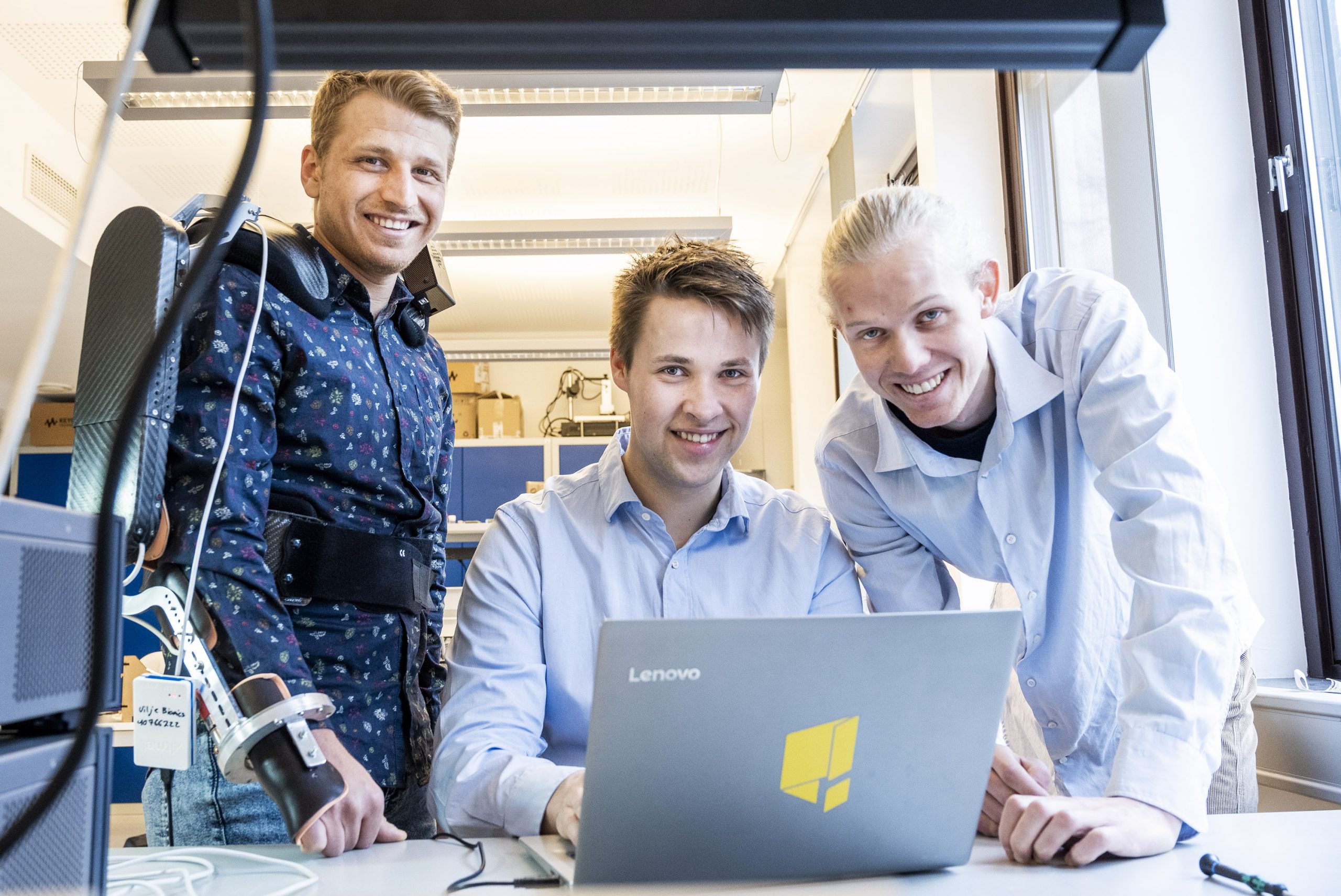
Å møte ALS-pasientene har vært sterkt sier trioen. Det har gitt dem enda mer tro på at MotOrtose kan bidra til å gi denne pasientgruppen et bedre liv.
Hjelper ALS-rammet bror
Årsaken til at trioen sitter rundt bordet på gründerfabrikken Faktry og snakker, finner vi hos en annen trio: Terje, Mangor og Tore.
For det hele startet med at professor Terje Lien fra NTNU. Han laget et hjelpemiddel til sin ALS-syke bror, som også er sivilingeniør. De hadde mange gode ideer, om hvordan kunne bevege en lam arm. Deretter fikk de med seg førsteamanuensis Tore Meisingset fra St.Olavs hospital/NTNU med flere og jobbet videre med en ide til tidlig prototype. Spesialergoterapeut Mari-Anne Myrberget og spesialfysioterapeut Ole Peter Norvang fra St. Olavs Hospital har også vært svært viktige bidragsytere.
–I januar 2020 ble vi studentene koblet til dette prosjektet, forteller Saeid. Vi skriver nå masteroppgaver om det, og ønsker å videreutvikle og kommersialisere et produkt etter hvert.
– Asmund og jeg skriver masteroppgave om «human robot interaction». Om hvordan en ALS-pasient kan kommunisere sitt ønske til hjelpemidlet om hva det skal gjøre, sier Eirik.
Terje Lien er teknisk mentor og Tore Meisingset er mentor for det medisinske.
– Hvordan skal pasientene kunne styre en slik protese?
– Denne gruppen er allerede gode på stemmekommando, eller å styre med bevegelse av øyne, eller et sugerør der man blåser eller suger for kontroll. Kan de bevege en finger bruker de en joystick. Dette er noe vi må ta høyde for når vi utvikler styringsteknologien, forklarer Eirik.
Fakta: Amyotrofisk lateral sklerose (ALS)
ALS er en sjelden nervesykdom der nerveceller i hjernen og ryggmargen svinner hen og blir borte. Dette medfører gradvis økende lammelser og muskelsvinn, og hos noen kognitive vansker. Per i dag finnes det ingen behandling som kan stanse sykdomsutviklingen ved ALS eller reparere nervecellene. Det forskes nå på mange ulike medikamenter som man håper vil kunne vise seg å bremse eller snu sykdommen. Pasienter med ALS og deres familier har behov for omfattende hjelpetiltak for å kunne håndtere utfordringene sykdommen gir.
Brukermedvirkning og gjenbruk
For å finne ut hva denne pasientgruppen kan tenke seg å bruke et slikt hjelpemiddel til har teamet intervjuet 13 mennesker med ALS.
– En ting er jo hva vi tror, en annen ting er hva de selv har behov for. Samtlige sier at å kunne klø seg er noe av det de savner mest. Andre ting er å hente opp noe de mister, som brillene, eller kunne skyve brillene opp når de har seget ned. Å male, klappe hunden, samt å strikke har også blitt nevnt, men det siste klarer vi nok ikke nå, sier Asmund.
De er opptatt av gjenbruk, og utvikler derfor en justerbar protese istedenfor en persontilpasset som ikke kan benyttes av andre. Dette vil gjøre det billigere å produsere og langt flere kan få benytte seg av tilbudet. I tillegg endrer behovet seg raskt for denne pasientgruppen. De kan gå fra stemmestyring til å bruke joystick og ende opp med å bruke øynene for å styre ortosen.
– Det må vi kunne ta høyde for i teknologien. Derfor legger vi stor vekt på brukermedvirkning og har disse intervjuene med pasienter, pårørende, assistenter og helsepersonell.
Fra maskin til helse
Hvilke utfordringer har dere hatt til nå?
– Vi startet jo med utviklingen i mars – april 2020 og kunne ikke møtes fysisk og vise frem det vi jobbet med til mentorene våre. Så pandemien har nok gitt oss den største utfordringen, sier Saeid.
– Vi måtte legge mye av den utadretta aktiviteten på hylla i fjor, som intervjuer og uttesting, siden alle vi ønsker å snakke med er i risikosonen, men nå er vi i gang igjen. Men det har vært mye lærdom i dette da, mener Asmund.
En annen utfordring er at trioen har vært nødt til å sette seg inn i en rekke nye områder.
– Vi er alle maskiningeniører i utgangspunktet og har aldri jobbet med utvikling av hjelpemidler før. Det er mange strenge krav knyttet til denne type utvikling av hjelpemidler. Vi hadde jo et mål om å teste ut dette nå i starten av 2021. Men siden pandemien fremdeles er over oss må vi bare utsette dette.
Trioen fikk støtte fra NTNU Discovery våren 2020.
– Discovery-midlene betydde veldig mye faktisk. De var avgjørende for at vi kunne sette i gang med å utvikle prototypen.
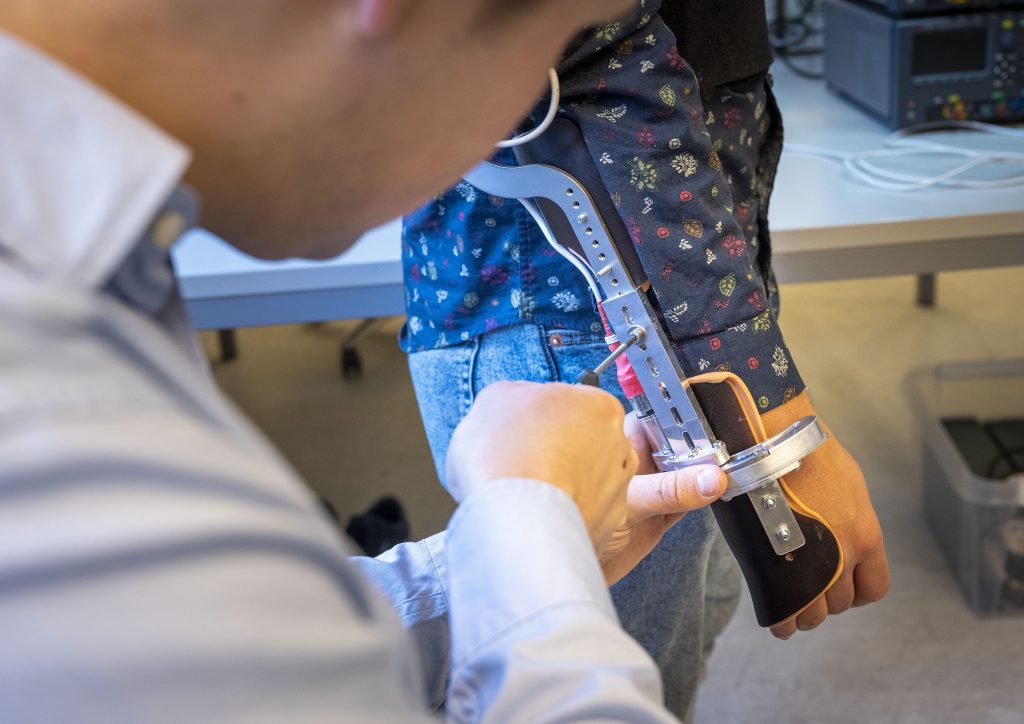
Det hårete målet
Fremover satser de alt på å få ferdigutviklet systemet og få godkjenning for å gjennomføre tester på ALS-pasienter.
Vi vet det er mange andre pasientgrupper som kan ta i bruk dette hjelpemidlet etter hvert, f.eks. slagrammede, folk med ryggmargsskade, hjerneskade og MS f.eks. og andre sjeldne sykdommer som fører til lammelser, men vi vil aller først prioritere å levere et veldig bra produkt til ALS-pasientene først før vi går videre.
Tross koronapandemi og utsettelser. Det hårete målet til utviklerne som har startet firmaet Vilje Bionics sammen med flere, er å lansere et CE-merket produkt i august 2022. De innrømmer glatt at det er noen milepæler som skal nås før de kommer dit.
– Men så lenge vi får støtte/tilskudd og eventuelt sponsorer så skal vi klare det, sier trioen.
Prosjekter og nyheter
Kontakt:
Prosjektleder
Jan Hassel
Epost: jan.hassel@ntnu.no
Telefon: 906 53 180
Kontor: Hovedbygget, sokkel
Håvard Wibe
Epost: havard.wibe@ntnu.no
Telefon: 41 47 37 68
Kontor: Hovedbygget, sokkel

